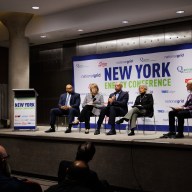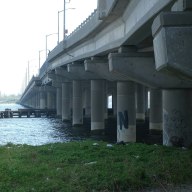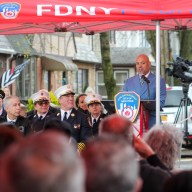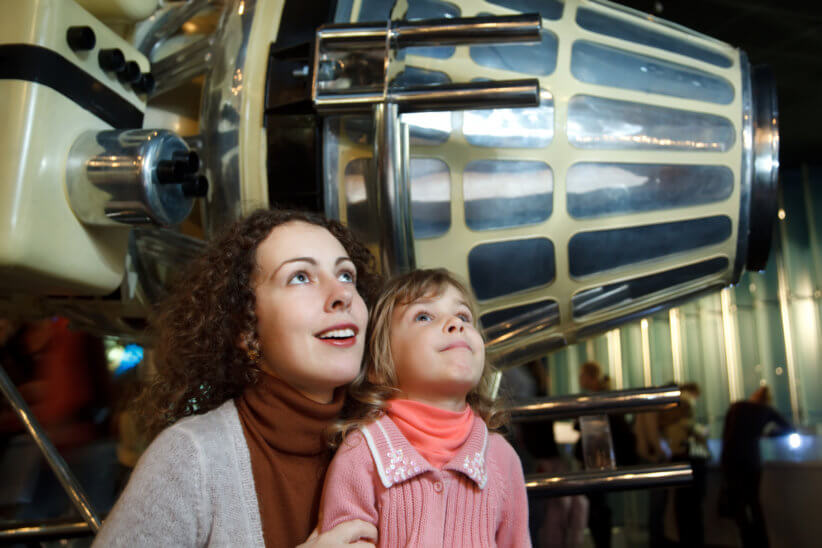Bobbie Zimmerman and her neighbors are afraid of the rain.
On a stormy night last year Zimmerman’s daughter alerted her to the water seeping in from the street in front of their two-family home. Dark, murky waters had risen as high as the door handles on parked cars outside and Zimmerman’s worst fears had come true, ironically, two weeks after Hurricane Irene.
Four-foot high floods invaded the first floor of her house, which is partially underground, and ruined furniture and other possessions.
Zimmerman, 63, borrowed a pump from the nearby Allen Senior Housing, which has also suffered flooding, to get rid of the water. It was the third major flood for Zimmerman in four years of living in the area. She said the three floods together have cost her a total of about $60,000 in damages.
“It’s pretty tough,” Zimmerman said. “It’s a hard way to live. It’s very scary. We watch the weather and if the weatherman says there’s rain tomorrow, we get ready.”
But a new plan may quell Zimmerman’s fears.
The Department of Environmental Protection (DEP) confirmed it began the initial phase of a trial project to bring flooding relief to Jamaica and southeast Queens by installing the first of three “reserve seepage basins” on 175th Street and Sayres Avenue. The seepage basin will collect underground water and spit it out into the sewer system, lowering the water level and subsequently, the flooding.
“Some of the things people in the community have gone through, it boggles the mind,” said Assemblymember William Scarborough, a leader in the ongoing flooding battle. “The goal is to see how this works. If it works as expected, the idea is to expand the pilot program throughout southeast Queens.”
Two more seepage basins are being installed on 155th Street. One at the intersection of 109th Avenue should be completed this month and another at Linden Boulevard should be installed by the end of October.
The problem of flooding in the neighborhood goes back more than 40 years, according to a report by Empowered Queens United in Action and Leadership (EQUAL), a grassroots community group representing 4,000 families.
However, EQUAL, the DEP and Scarborough agreed the problem intensified after 1996, when the DEP took control of the Jamaica Water Supply Company (JWS) and shutdown its nearly 70 wells. The JWS made use of 60 million gallons of underground water for drinking.
Since then the level of water underground has risen more than 30 feet towards the surface as the DEP provides water to locals from upstate, according to the South Queens Residents Environmental Justice Council.
The DEP plans to open the wells in 2018 while they repair the Delaware Aqueduct, through which the city gets about half of its water.
“As part of the Water for the Future program, in June the DEP awarded a contract to H2M Company to evaluate some of the wells located in Queens,” a DEP representative said in a statement. “The company will do an inventory of some of the wells so they can be ready to be used as one of several water sources to be tapped into for NYC water supply during the fixing of the Delaware Aqueduct.”
However, the community wants the wells reopened now to help the flooding problem.
“Our view is we are flooded now, we need them to open them [the wells] now,” Scarborough said.































